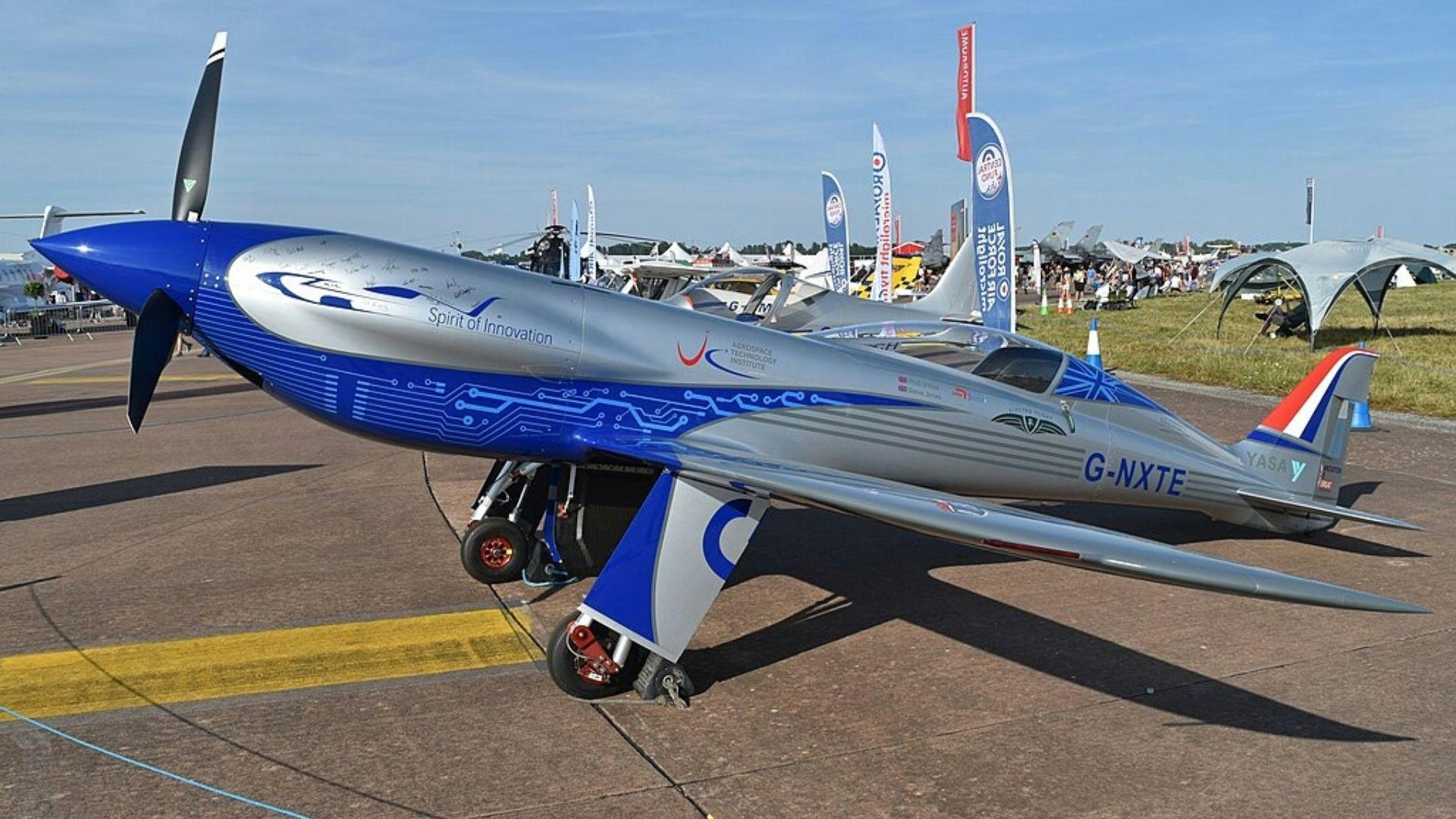
AeroGenie — Seu copiloto inteligente.
Tendências
Categories
Why US Airlines Continue Using Aircraft Over 30 Years Old

Why US Airlines Continue Using Aircraft Over 30 Years Old
When boarding a flight within the United States, many passengers are often surprised to learn that the aircraft transporting them may be older than they are. Major carriers such as American Airlines, Delta Air Lines, and United Airlines frequently operate jets that first entered service in the late 1980s or early 1990s. This extended operational lifespan prompts an important question: why do US airlines continue to rely on aircraft that have been in service for three decades or more?
The explanation lies at the convergence of economic considerations, engineering advancements, and stringent regulatory oversight. While the notion of flying on an “old” airplane may cause unease among some travelers, the actual age of an aircraft is far less significant than the quality of its maintenance. Modern maintenance protocols, rigorous Federal Aviation Administration (FAA) supervision, and robust engineering standards collectively ensure that even aircraft several decades old remain both safe and reliable.
The Economics and Engineering of Aging Fleets
From an economic standpoint, operating older aircraft often proves more cost-effective and operationally efficient for airlines. Commercial jets are typically engineered to last 25 to 30 years or longer when properly maintained. Through refurbishments, technological upgrades, and regular inspections, a 30-year-old Boeing 757 can maintain safety and performance levels comparable to those of a newer Airbus A321. Extending the service life of existing aircraft allows airlines to manage expenses, reduce environmental waste, and sustain service levels without the immediate financial burden of acquiring new planes.
Nonetheless, maintaining aging fleets presents distinct challenges. Airlines must invest in advanced engineering solutions to address issues such as parts obsolescence and to ensure ongoing compliance with regulatory requirements. Maintenance, Repair, and Overhaul (MRO) operations have evolved significantly, now incorporating sophisticated digital tools and collaborative economic models to navigate the complexities associated with older aircraft. FAA-certified technicians conduct frequent, detailed inspections and overhauls, guaranteeing that every aircraft adheres to stringent safety standards.
Measuring Aircraft Age: Beyond Chronological Years
The longevity of an aircraft is assessed not solely by its chronological age but also by the number of pressurization cycles it has undergone. Each takeoff and landing constitutes one cycle, placing stress on the airframe. Short-haul jets, such as the Boeing 737 or Airbus A320, accumulate cycles more rapidly than long-haul aircraft, meaning a 20-year-old short-haul jet may have experienced more wear than a 30-year-old widebody operating transatlantic routes.
Routine maintenance checks, ranging from basic A-checks conducted every few hundred flight hours to comprehensive C-checks performed every few years, are essential to maintaining airworthiness. This rigorous maintenance schedule ensures that any indications of metal fatigue or component degradation are identified and addressed well before they pose safety risks.
Regional Airlines and the Future of Aging Aircraft
The issue of aging fleets is particularly pronounced among regional airlines, many of which depend on 50-seat jets now approaching the end of their operational lives. Replacing these aircraft involves significant costs and logistical complexities, with potential service reductions to smaller communities if delays occur. In response, manufacturers such as ATR are targeting the US regional market with upgraded turboprop models, while carriers like JSX are actively working to shift perceptions surrounding turboprop aircraft in commercial aviation.
As the industry evolves, airlines are increasingly leveraging advanced engineering techniques, digital maintenance technologies, and innovative business models to sustain the safe and efficient operation of older aircraft. The continued presence of decades-old jets in US airspace underscores both the durability of modern airliners and the adaptive strategies airlines employ to balance safety, economic viability, and service commitments.
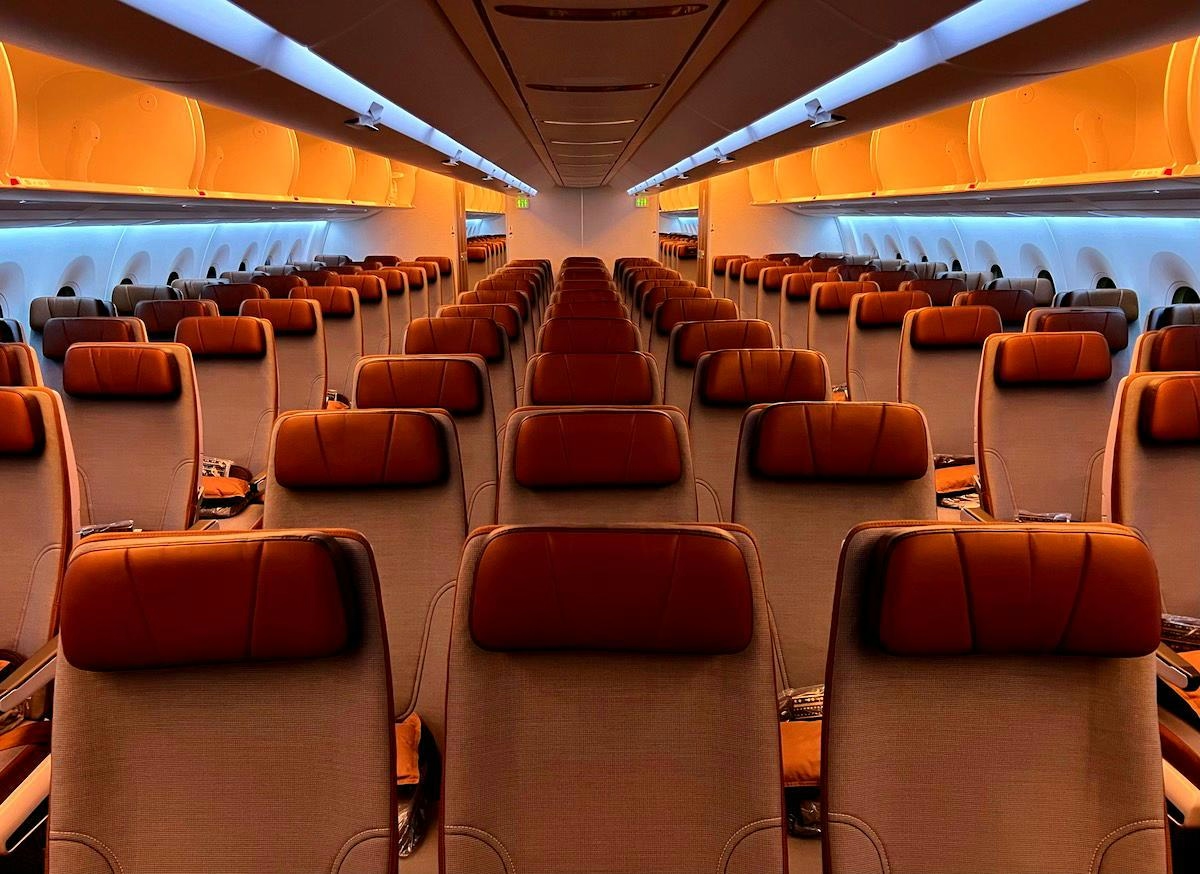
Comparing Window Sizes on the Boeing 777-300ER and Airbus A350
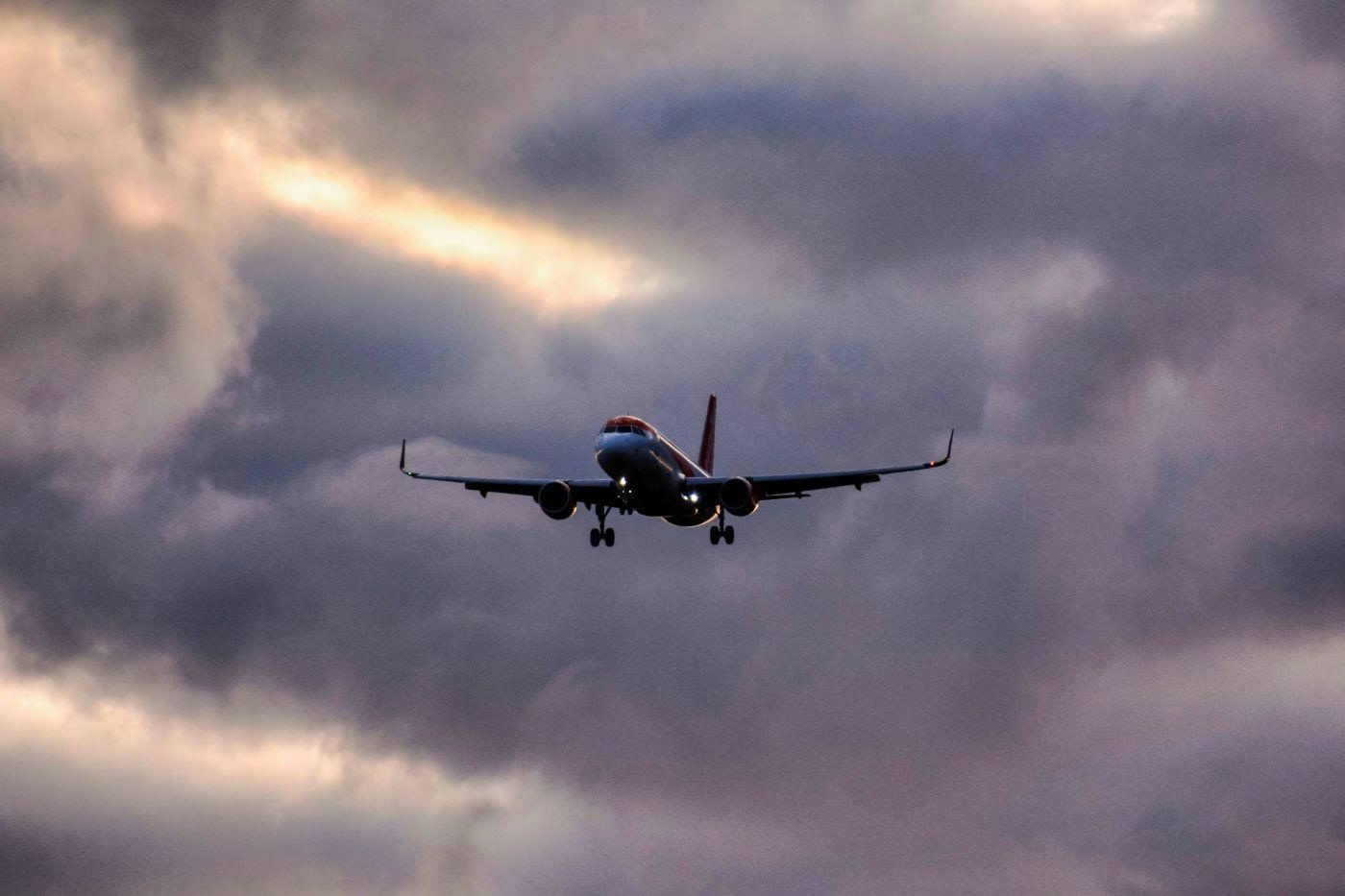
PASSUR Aerospace Names Ilhan Ince as CEO to Lead Aviation Analytics Innovation
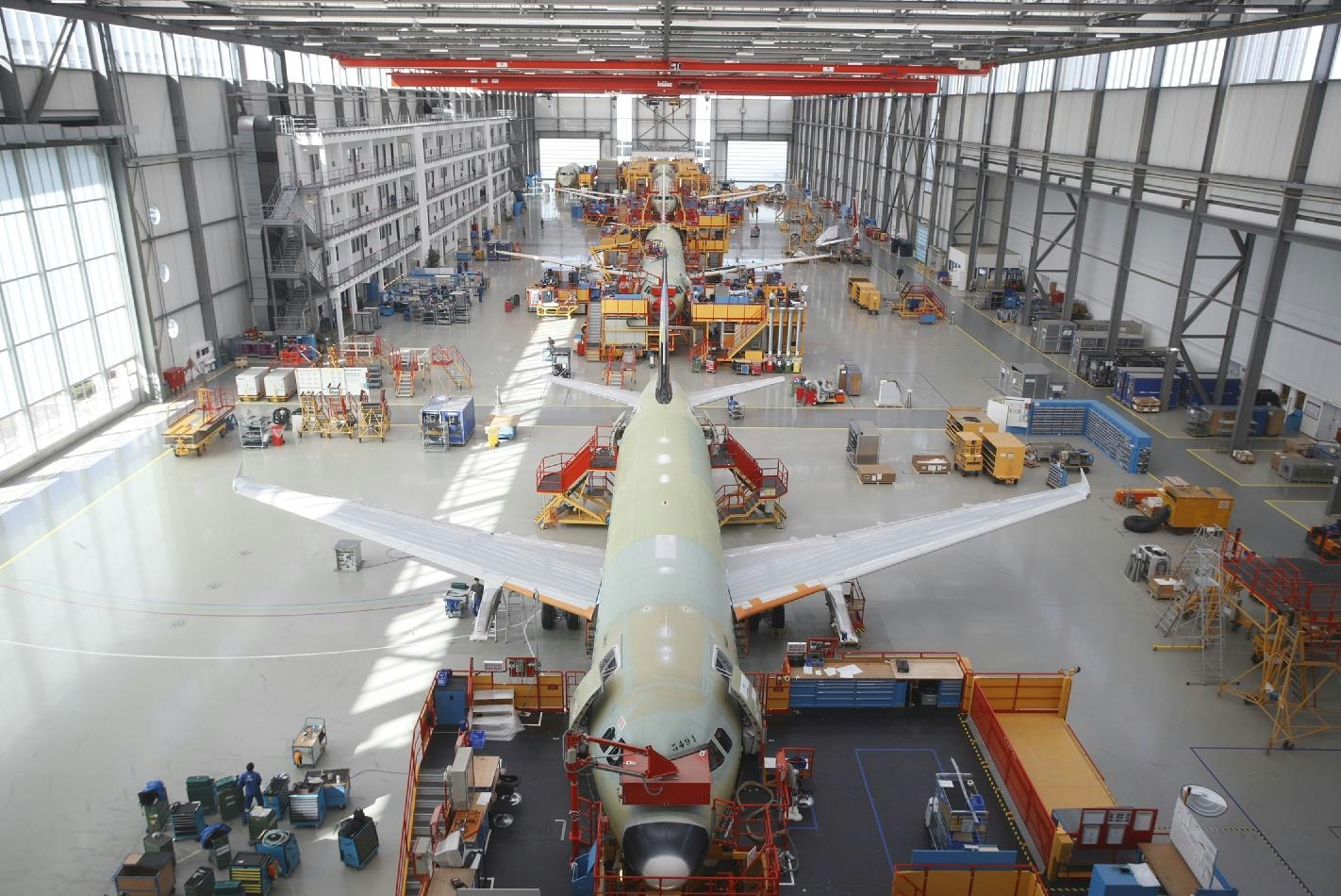
Airbus needs to deliver 300 more aircraft to hit annual goal
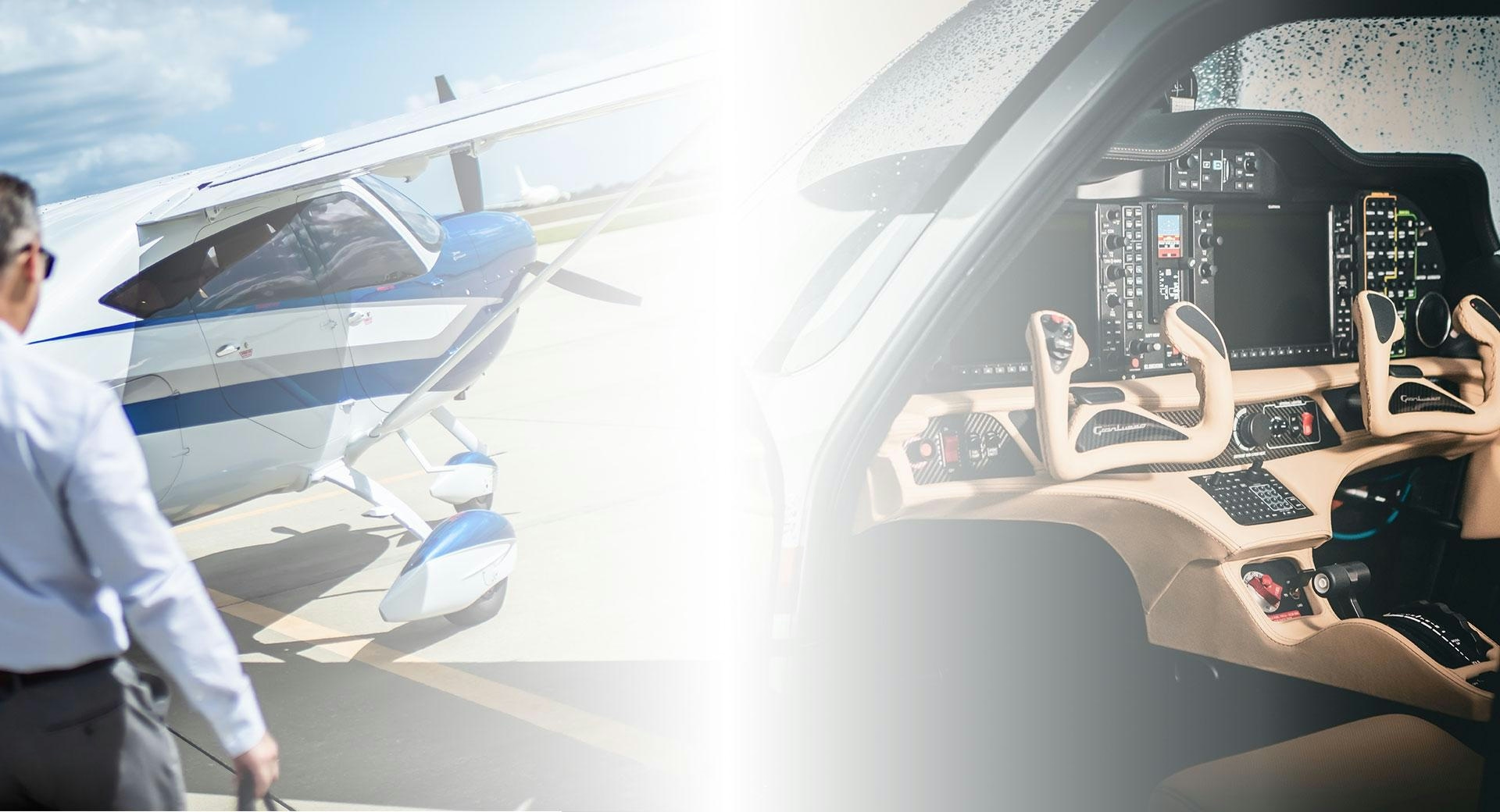
Tecnam Broadens Financing Options in the U.S.
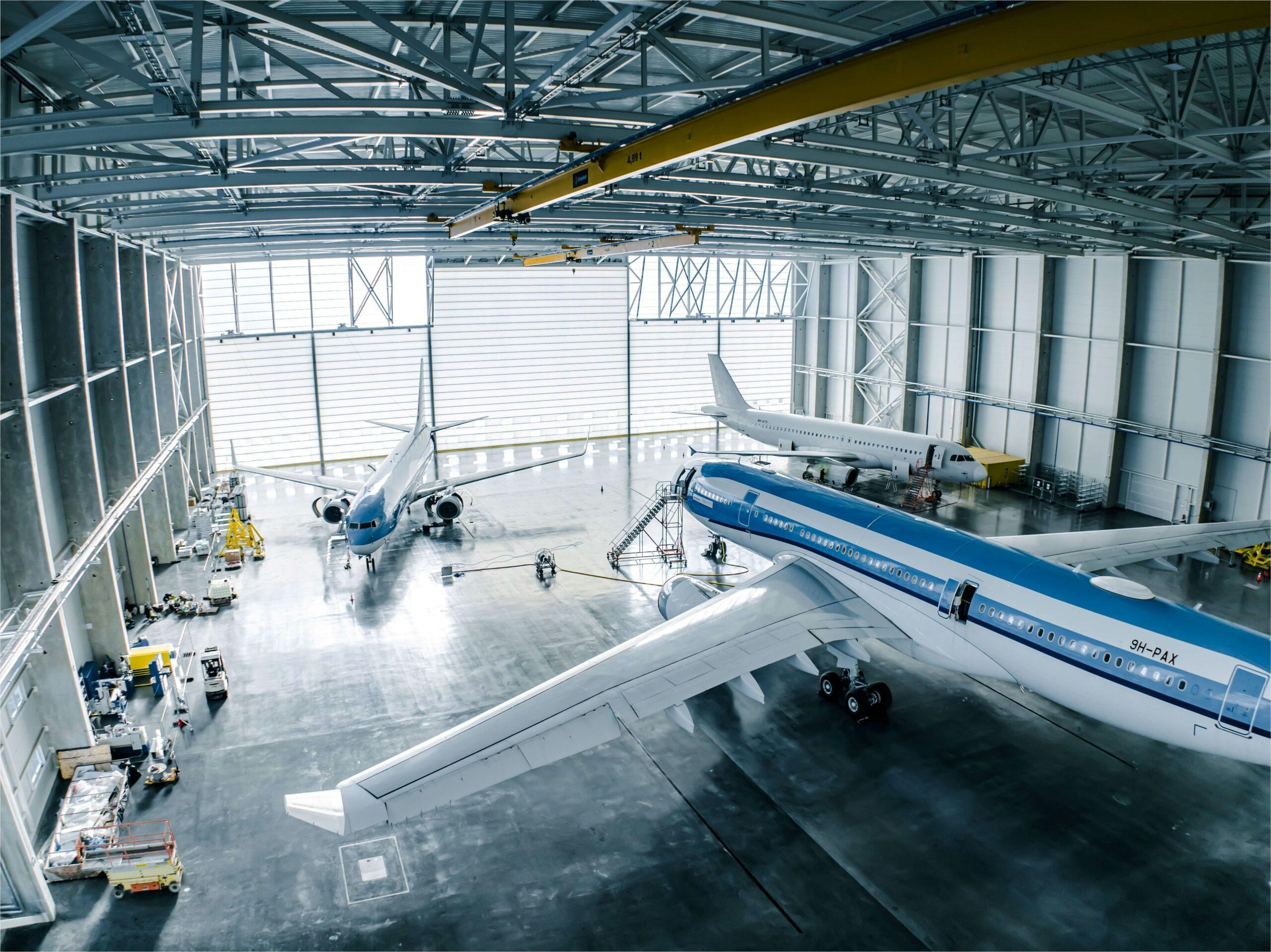
Aero Star Aviation Introduces AI Program to Enhance Embraer Maintenance
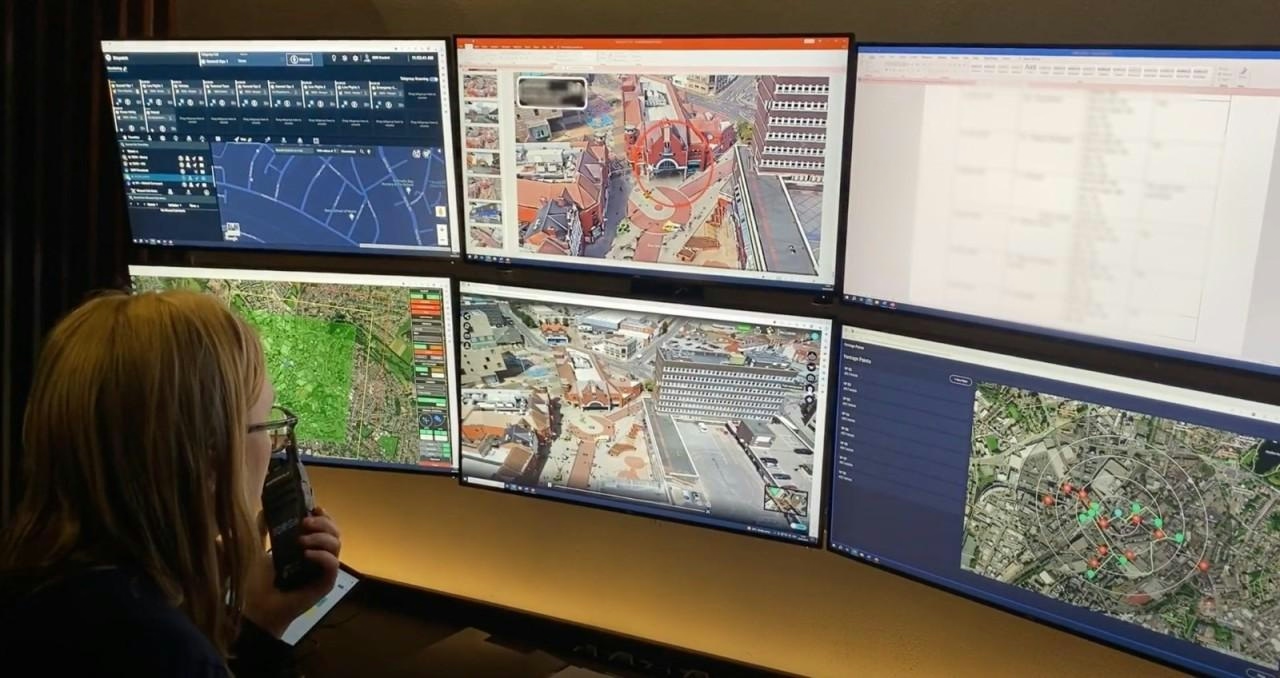
SkyBound Develops Remote Pilot for Rescue Operations
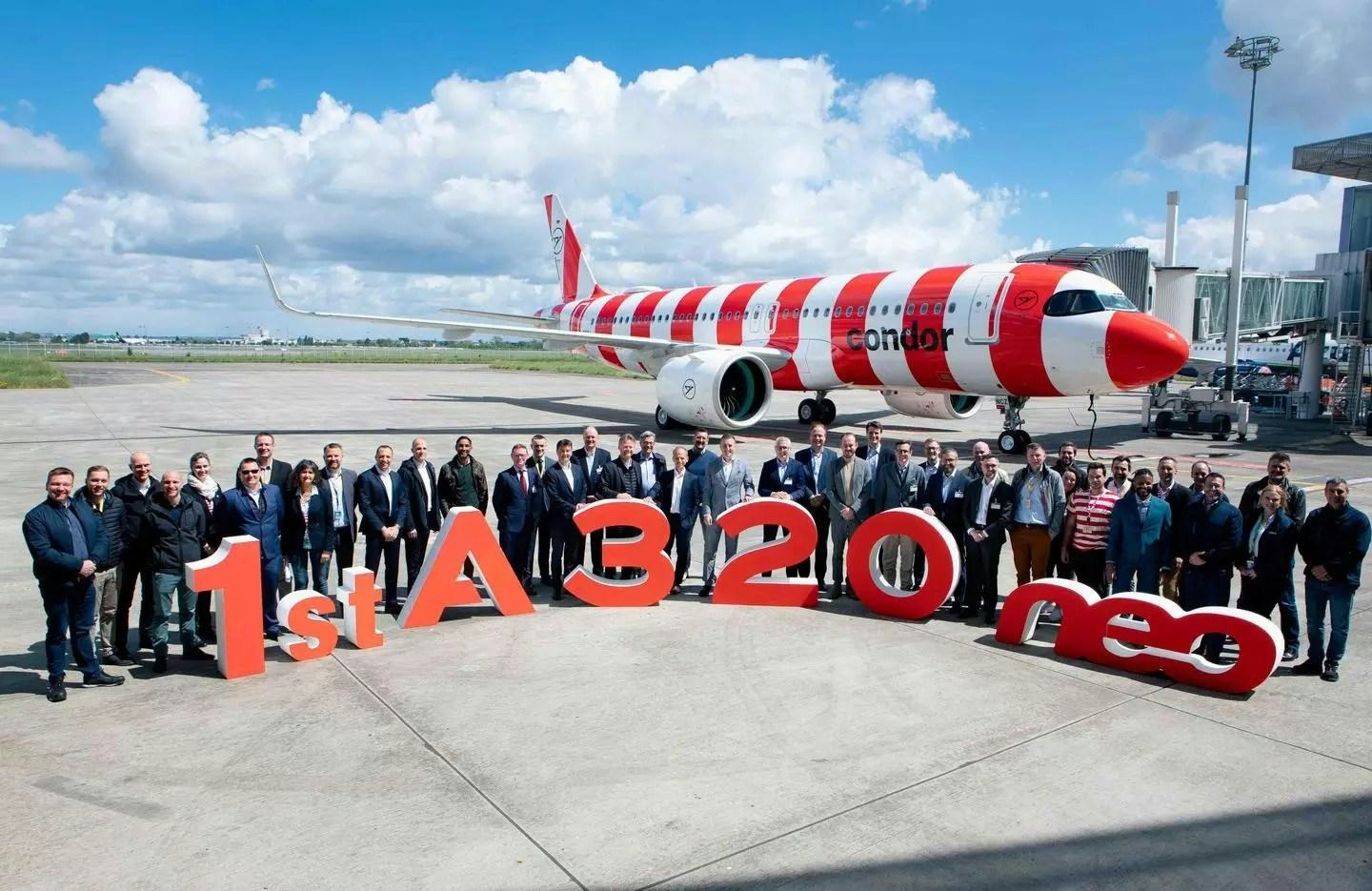
Airbus Surpasses 500 Jet Deliveries in First Nine Months
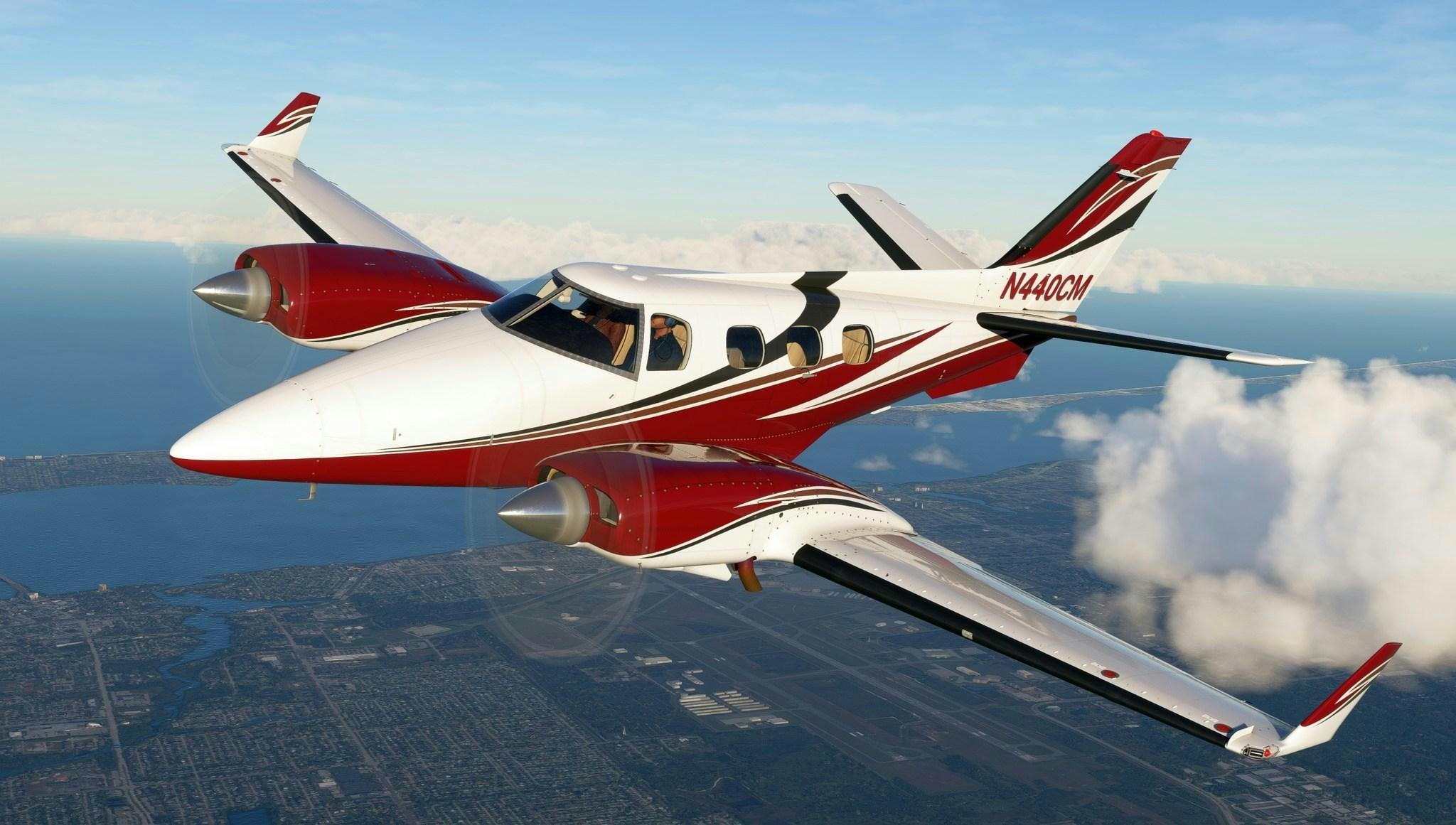
Beechcraft Duke: The Pressurized Twin That Flew Too High
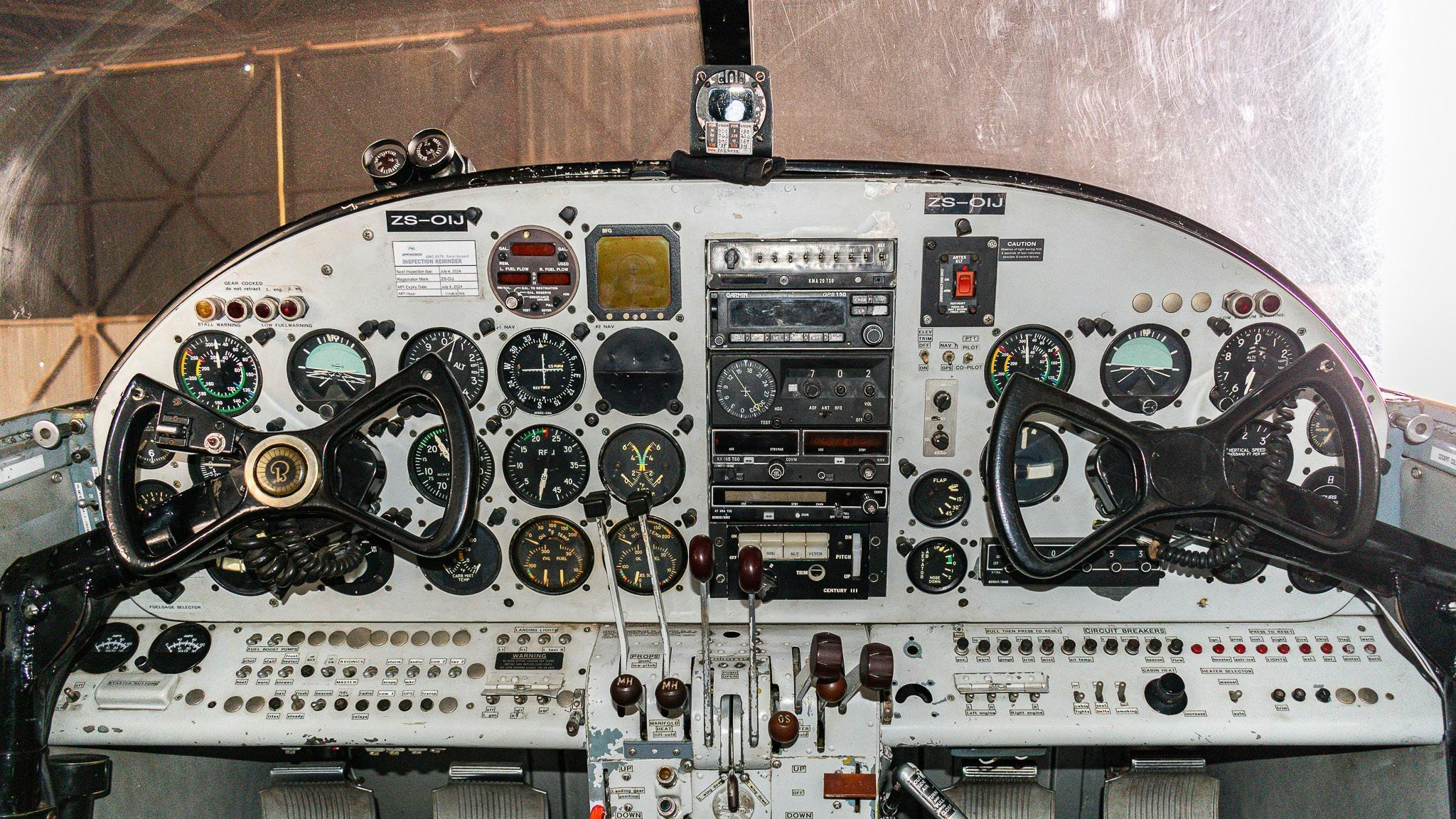
AeroCore Expands in São Paulo, Advancing Aviation Efficiency and Sustainability
